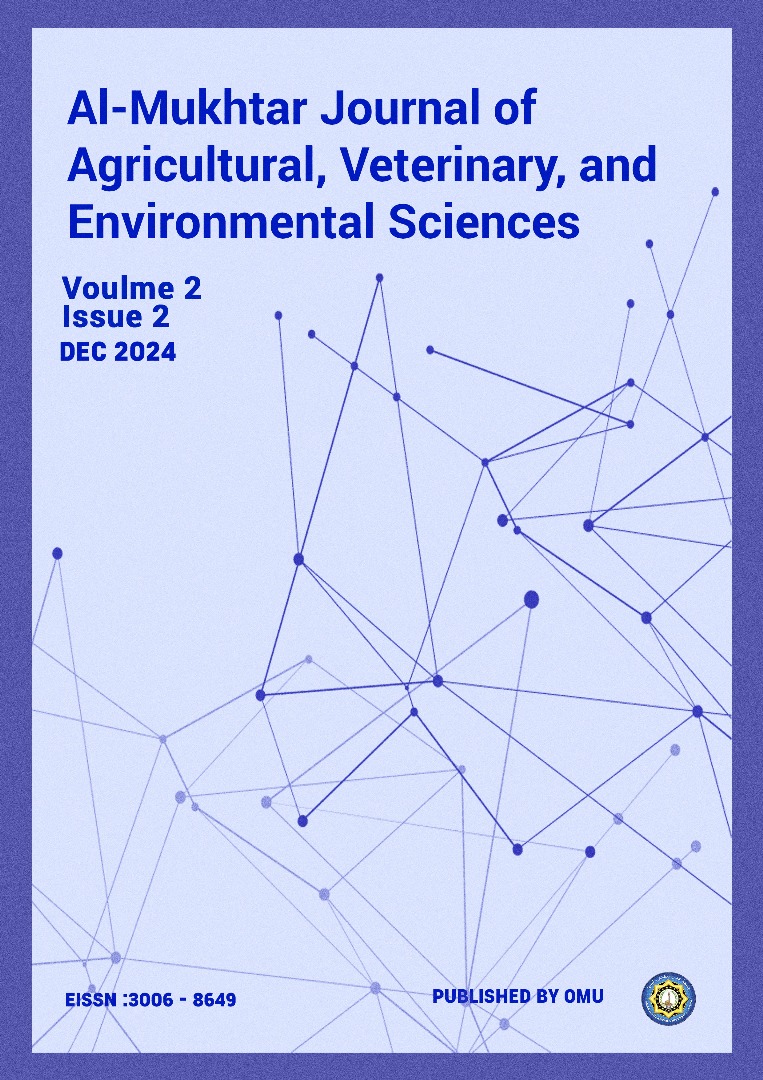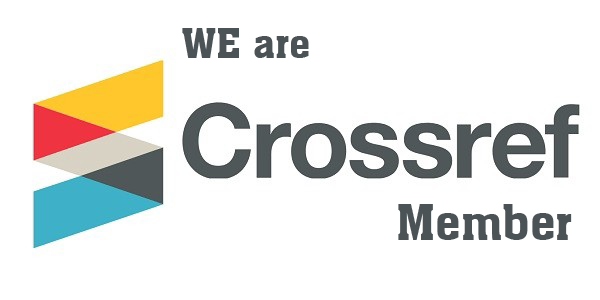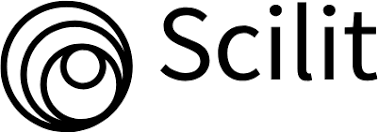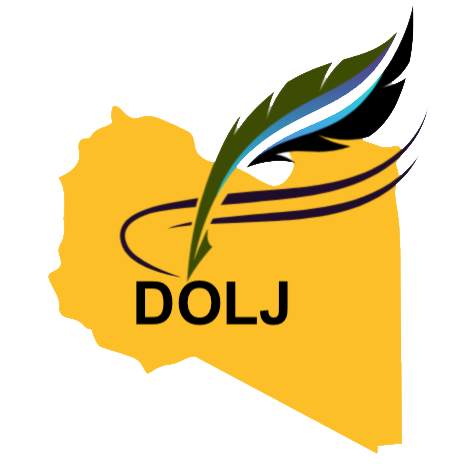التقصي عن الفطريات الملوثة لأعلاف الفرّوج في بعض مزارع الدواجن، سورية
DOI:
https://doi.org/10.54172/a5zeqg31الكلمات المفتاحية:
أجناس الفطريات، أعلاف خام (بادئة)، أعلاف مصنّعة، الفرّوج، مزارعالملخص
تعتبر الفطريات الملوثة لأعلاف الدواجن سبباً في انخفاض قيمتها الغذائية، وسبباً رئيسياً في حدوث الأمراض لدى الدواجن، كما أن المعلومات حول الفطريات الملوثة لأعلاف الدواجن غير متوفرة محلياً، ولذلك هدفت هذه الدراسة الى تقصي التلوث بالفطريات لكل من الأعلاف الخام والأعلاف المصنعة المستخدمة في ستّ مزارع مختلفة مخصصة لتربية الدواجن (الفروج) في محافظة طرطوس- سورية، خلال الفترة الممتدة من تشرين الأول 2023 وحتى كانون الثاني 2024؛ بزراعة عينات من تلك الأعلاف في المختبر على مستنبت آجار البطاطا Potato Dextrose Agar (PDA)، لتحديد الأجناس الفطرية الموجودة في تلك الأعلاف المدروسة. تم الحصول على 290 عزلة فطرية (169 عزلة من الأعلاف الخام، 121 عزلة من الأعلاف المصنعة) تنتمي الى خمس أجناس من الفطريات الخيطية والخمائر، تشمل الرشاشيات Aspergillus spp. (36.2%)، يليه الخميرة Yeast spp. (33.8%)، البنسليوم Penicillium spp. (4.8%)، فطر Mucor spp. (3.8%)، وفطر Trichoderma spp. (1%)، وتبين أن فطريات الرشاشيات التابعة للجنس Aspergillus spp. كانت الأكثر شيوعاً بنسبة (34.3%، 38.8%) في الأعلاف الخام والمصنعة على التوالي. وخلصت الدراسة إلى أن الكشف عن الفطريات الملوثة لأعلاف الدواجن له أهمية كبيرة، وذلك بسبب خطورتها على صحة الدواجن.
المراجع
Abo-Shama, U.H. (2015). The investigation of pathogenic fungi in poultry feed in some selected poultry farms in Sohag Governorate, Egypt. J Microbiol Biotech Res, 5(6):1-8.
Anifowose, O.R., Adetolase, A. and Bakre, A.A. (2021). Evaluation of Fungal Contamination in Poultry Feeds During the Rainy Season in Ogun State, Nigeria. AJVS, 69 (1): 107-112.
Bennett, J.W. (2010). An overview of the genus Aspergillus. In: Aspergillus Molecular Biology and Genomics (pp. 1 – 17). Caister Academic Press, Norfolk, UK.
Ghaemmaghami, S.S., Modirsaneii, M., Khosravi, A.R. and Razzaghi-Abyaneh, M. (2016). Study on mycoflora of poultry feed ingredients and finished feed in Iran. Iranian journal of micro-biology, 8(1): 47 – 54.
Ghaemmaghami, S.S., Nowroozi, H. and moghadam, M.T. (2018). Toxigenic Fungal Contamination for Assessment of Poultry Feeds: Mashed vs. Pellet. Iranian Journal of Toxicology, 12(5): 5 – 10.
Greco, M.V., Franchi, M.L., Rico, S.L., Pardo, A.G. and Pose, G.N. (2014). Mycotoxins and myco-toxigenic fungi in poultry feed for food-producing animals. Sci World J, 968215.
Iamanaka, B.T., Oliveira, I.S. and Taniwaki, M.S. (2010). Micotoxins Em Alimentos. Anais da Ac-ademia Pernambucana de Ciência Agronômica, 7: 138-161.
Jones, F.T. (2011). A review of practical Salmonella control measures in animal feed. Journal of Applied Poultry Research, 20(1):102-13.
Magkos, F., Arvaniti, F. and Zampelas, A. (2003). Putting the safety of organic food into perspec-tive. Nutrition Research Reviews, 16(2): 211-22.
Najiha, J. (2019). Biological control of the fungus Aspergillus flavus contaminating poultry food using Pichia anomala bacteria and Bacillus megaterium yeast. Ph.D. thesis. Department of Microbiology, Faculty of Natural and Life Sciences, Farhat Abbas University, Setif 1, Peo-ple's Democratic Republic of Algeria.
Okoli, I.C., Nweke, C.U., Okoli, C.G. and Opara, M.N. (2006). Assessment of the mycoflora of commercial poultry feeds sold in the humid tropical environment of Ino State, Nigeria. In-ternational Journal Environ Sciences, 3(1): 9-14.
Pitt, J.I. and Hocking, A.D. (2009). Fungi and Food Spoilage. Springer Dordrecht Heidelberg Lon-don, Cambridge, New York.
Richard, J.L. (2007). Some major mycotoxins and their mycotoxicoses—An overview. International journal of food microbiology, 20,119(1-2): 3-10.
Saleemi, M.K., Khan, M.Z., Khan, A. and Javed, I. (2010). Mycoflora of poultry feeds and myco-toxins producing potential of Aspergillus species. Pakistan journal of Botany, 42(1): 27-34.
Samson, R.A., Houbraken, J., Thrane, U., Frisvad, J.C. and Andersen, B. (2010). Food and indoor fungi. CBS-KNAW Fungal Biodiversity Centre, C B S Laboratory Manual Series.
Shareef, A.M. (2010). Molds and mycotoxins in poultry feeds from farms of potential mycotoxico-sis. Iraqi Journal of Veterinary Sciences, 24(1).
Stuper, K., Renata, C.R., Szablewski, T., Ostrowska, A., Busko, M. and Perkowski, J. (2015). Con-tamination with microscopic fungi and their metabolites in chicken feed produced in western Poland in the years 2009-2010. Act Sci Pol Zootechnica, 4(3): 107-122.
التنزيلات
منشور
الرخصة
الحقوق الفكرية (c) 2024 Ammar M. Mostafa, Tawfek K. Dalla, Fahem A. Abdalaziz, Munzer S. Tamouz (Author)

هذا العمل مرخص بموجب Creative Commons Attribution-NonCommercial 4.0 International License.













